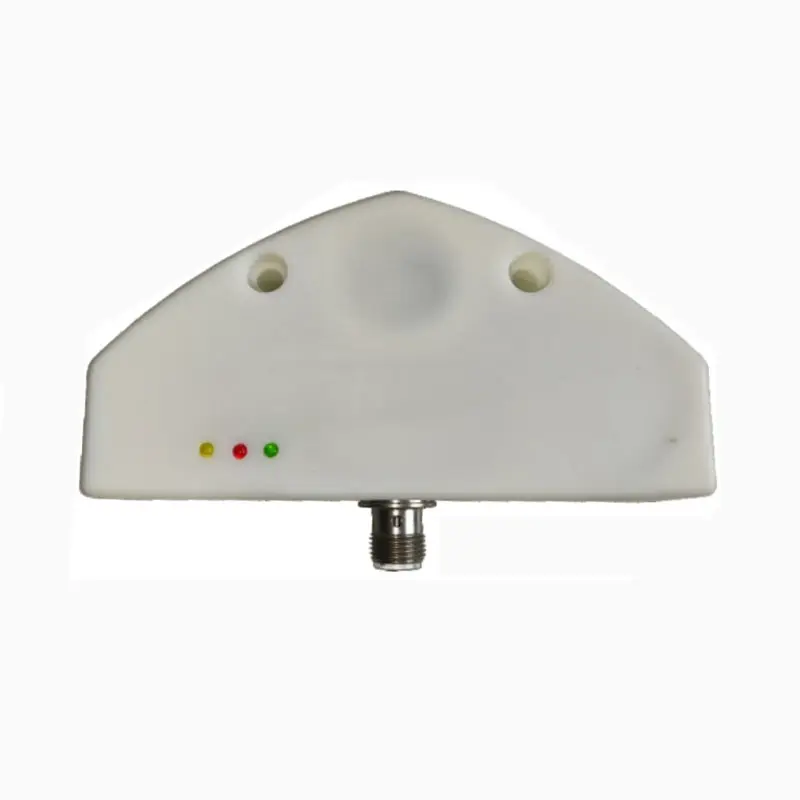photoelectric proximity sensor
A photoelectric proximity sensor is a sophisticated detection device that uses light beams to identify the presence, absence, or distance of objects without physical contact. Operating through the emission and reception of light, these sensors incorporate either infrared or visible light sources that work in conjunction with a photoelectric receiver. When an object enters the sensor's detection zone, it either interrupts or reflects the light beam, triggering the sensor's output. The technology employs various detection methods, including through-beam, retro-reflective, and diffuse sensing modes, each suited to different applications. These sensors excel in high-speed detection scenarios and can operate effectively across significant distances, making them invaluable in modern industrial automation. Their ability to detect objects of various materials, colors, and sizes, combined with their immunity to electromagnetic interference, positions them as versatile solutions for numerous industrial applications. The sensors feature adjustable sensitivity settings, allowing precise calibration for specific operating environments, and often include built-in protection against ambient light interference. Modern photoelectric proximity sensors also incorporate advanced features such as digital displays, multiple output options, and self-diagnostic capabilities, ensuring reliable operation in demanding industrial environments.








